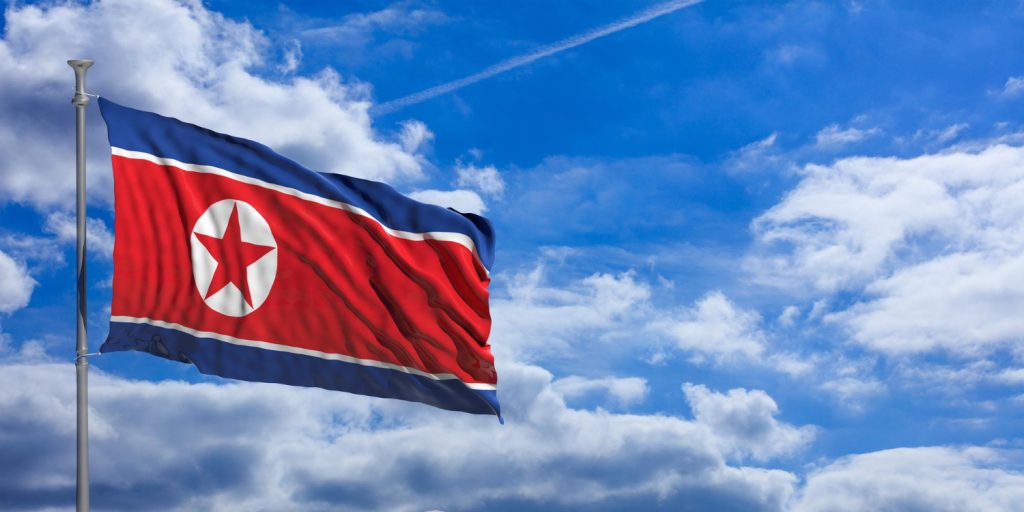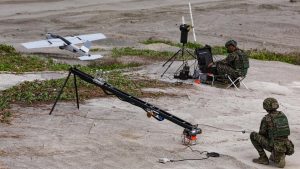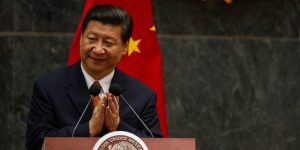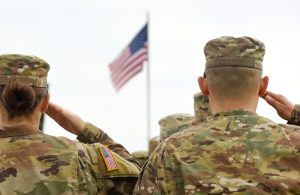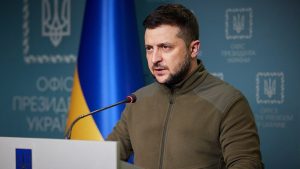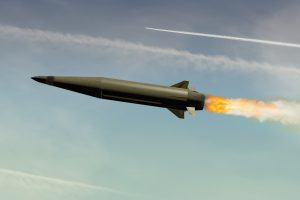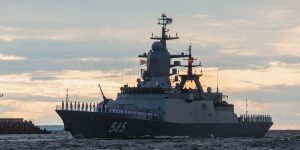The North Koreans fighting on the Russian side have seemingly withdrawn.
Others are reading now
North Korean troops suffered significant losses in Kursk as they encountered advanced Ukrainian defenses and unfamiliar battlefield tactics.
A lack of Russian support, outdated military strategies, and a rigid approach to combat left Kim Jong-un’s forces vulnerable in what has been described as a brutal and costly engagement.
Current intel suggests, that the North Korean soldiers haev withdrawn from the frontline.
It is unknown whether this is a permanent move or an attempt to reinforce the soldiers, before they are sent back to the fighting.
Also read
Unsupported North Korean Troops Fail To Hold Their Ground
According to a report from The Times, North Korean infantry launched an intense attack on Ukrainian paratrooper positions, engaging in prolonged combat for hours.
Despite their discipline and precision, they were ultimately overwhelmed.
Without Russian artillery, drones, and armored support, they stood little chance against Ukraine’s modern defenses.
Major Anton of Ukraine’s 95th Air Assault Brigade noted that had the North Koreans been reinforced with Russian firepower, they would have posed a formidable threat.
Instead, the battlefield was left littered with their bodies.
The deployment of North Korean troops underscores a strategic shift by Moscow, seeking to bolster its offensive capabilities with foreign fighters.
Ukrainian soldiers reported enduring daily North Korean attacks from mid-December to mid-January.
However, these assaults ceased for more than two weeks, suggesting heavy casualties.
Estimates suggest two North Korean brigades—approximately 5,000 troops—were either killed or wounded, roughly half of the forces sent by Kim to aid Putin.
Despite the high losses, military analysts caution that Pyongyang has likely gained valuable insights into modern warfare, particularly regarding drone surveillance and mechanized combat tactics.
Despite initial gains, the North Koreans’ presence in Kursk did not alter the overall strategic landscape.
Ukrainian soldiers from the 47th Mechanized Brigade reported that North Korean troops, sometimes attacking up to nine times a day, briefly helped Russia reclaim territory on Kursk’s western flank.
In the face of aggressive advances, some Ukrainian units withdrew, exposing vulnerabilities along the front line.
However, without sustained armored support, North Korean forces struggled to hold their ground.
Ukrainian Bradley Fighting Vehicles, provided by the United States, played a crucial role in stabilizing defenses.
While Ukraine lost territory, the Russian advance ultimately stalled, and Suja, a key focal point in the region, became vulnerable to Ukrainian counterattacks using kamikaze drones.

